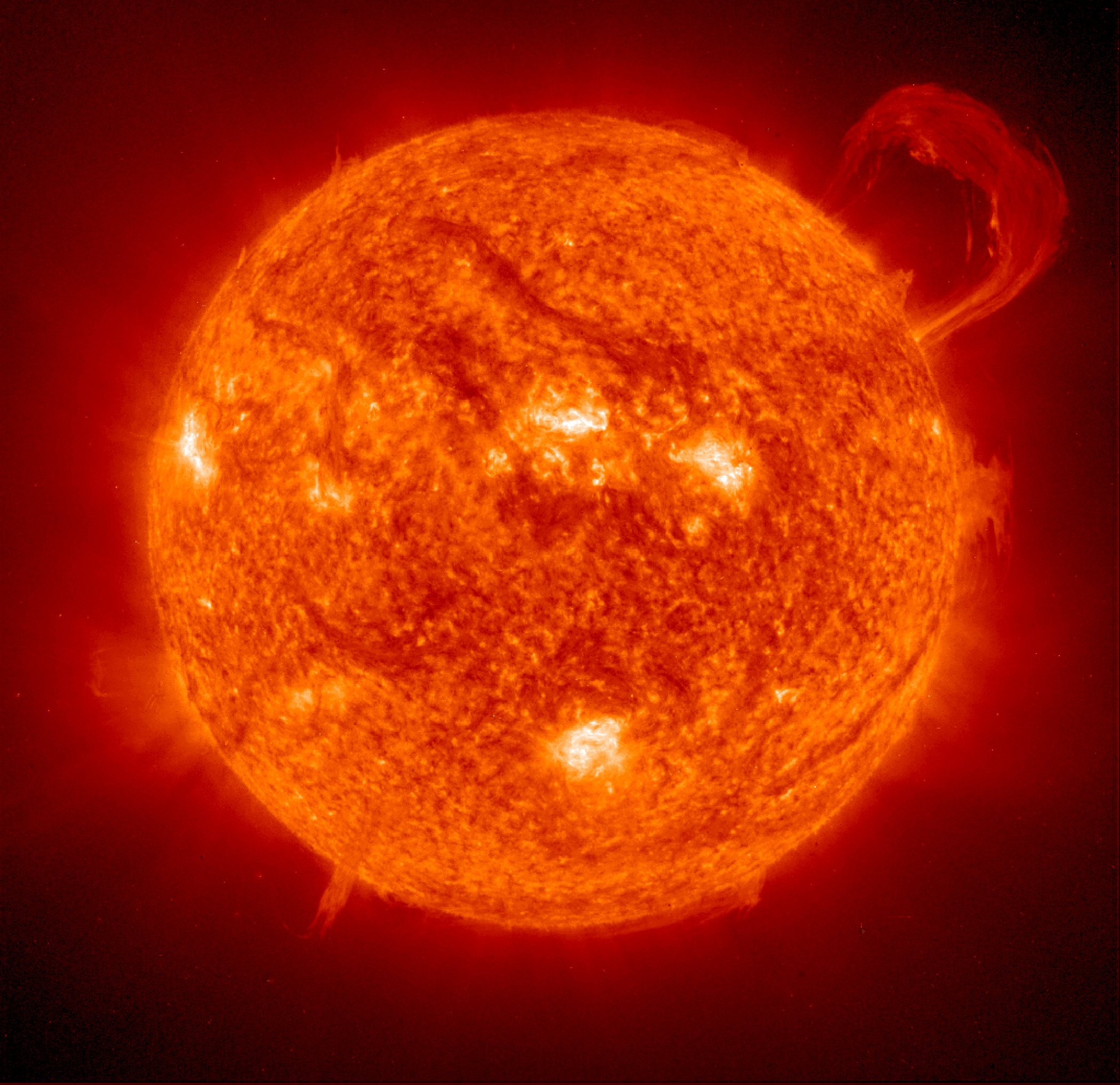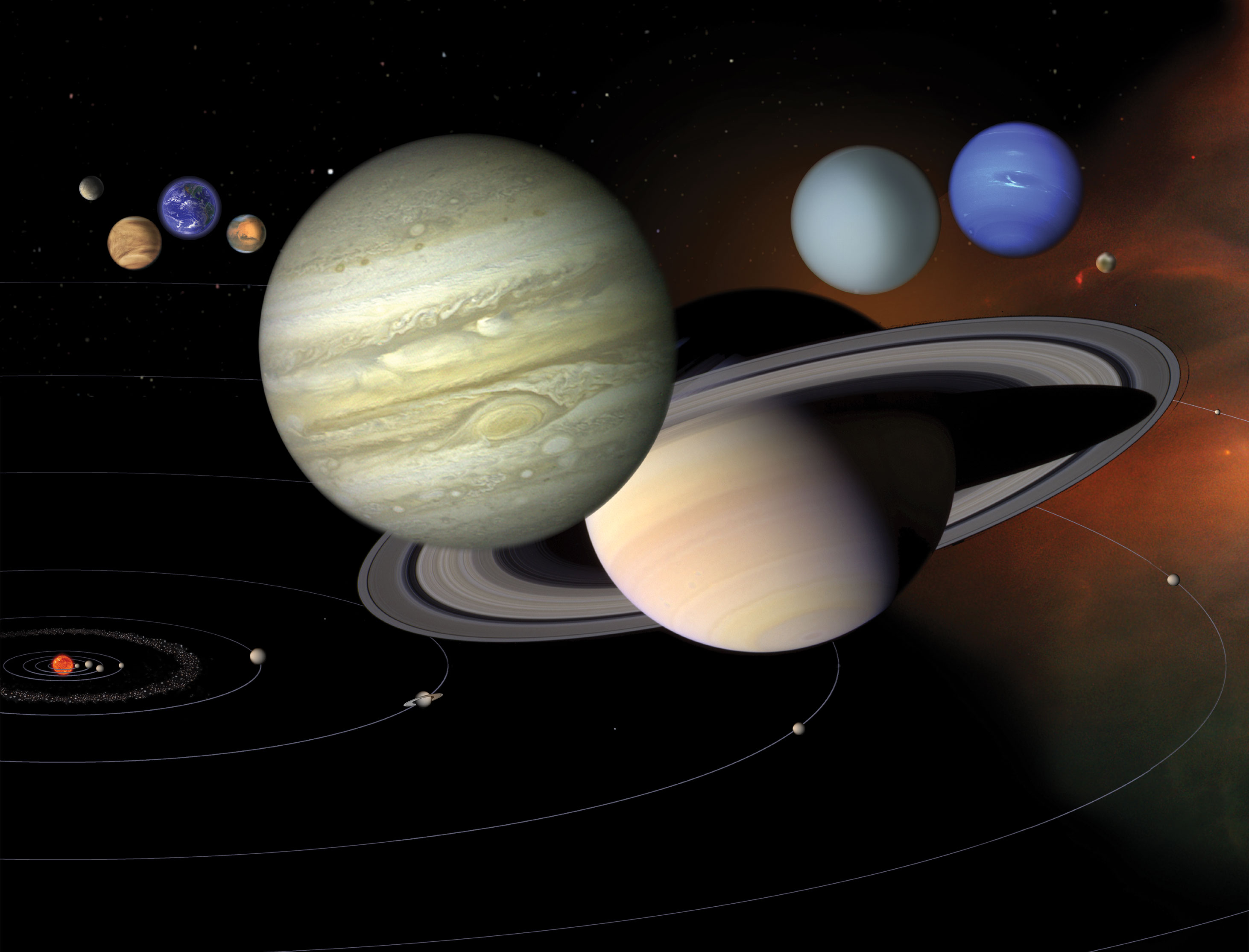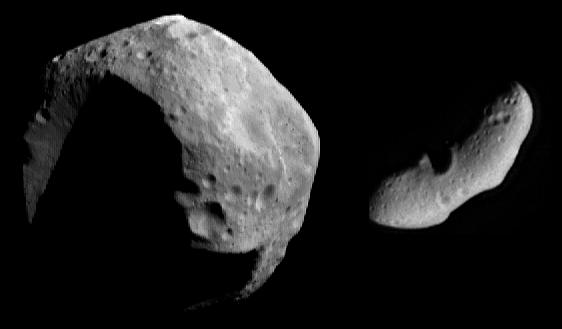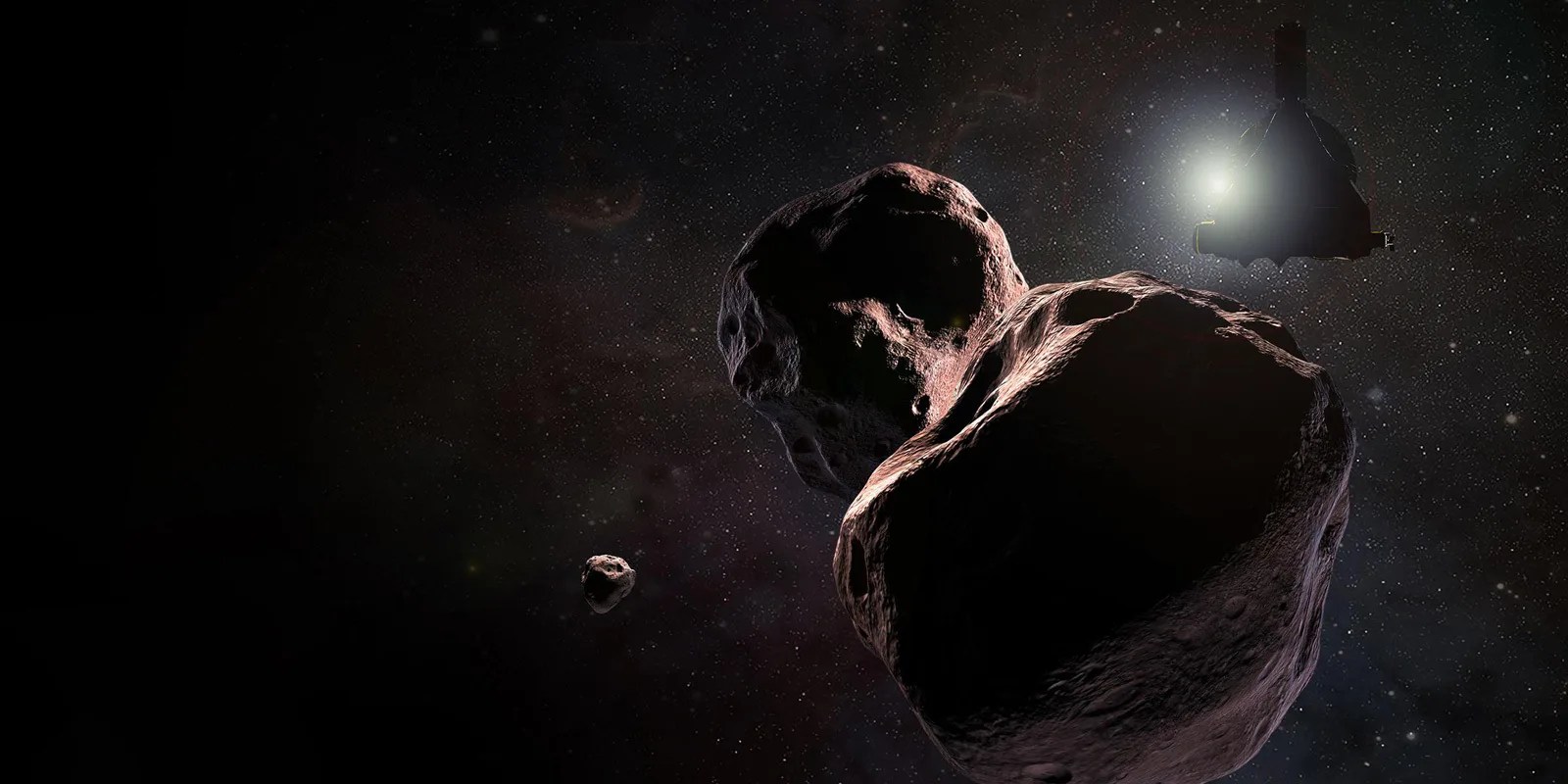
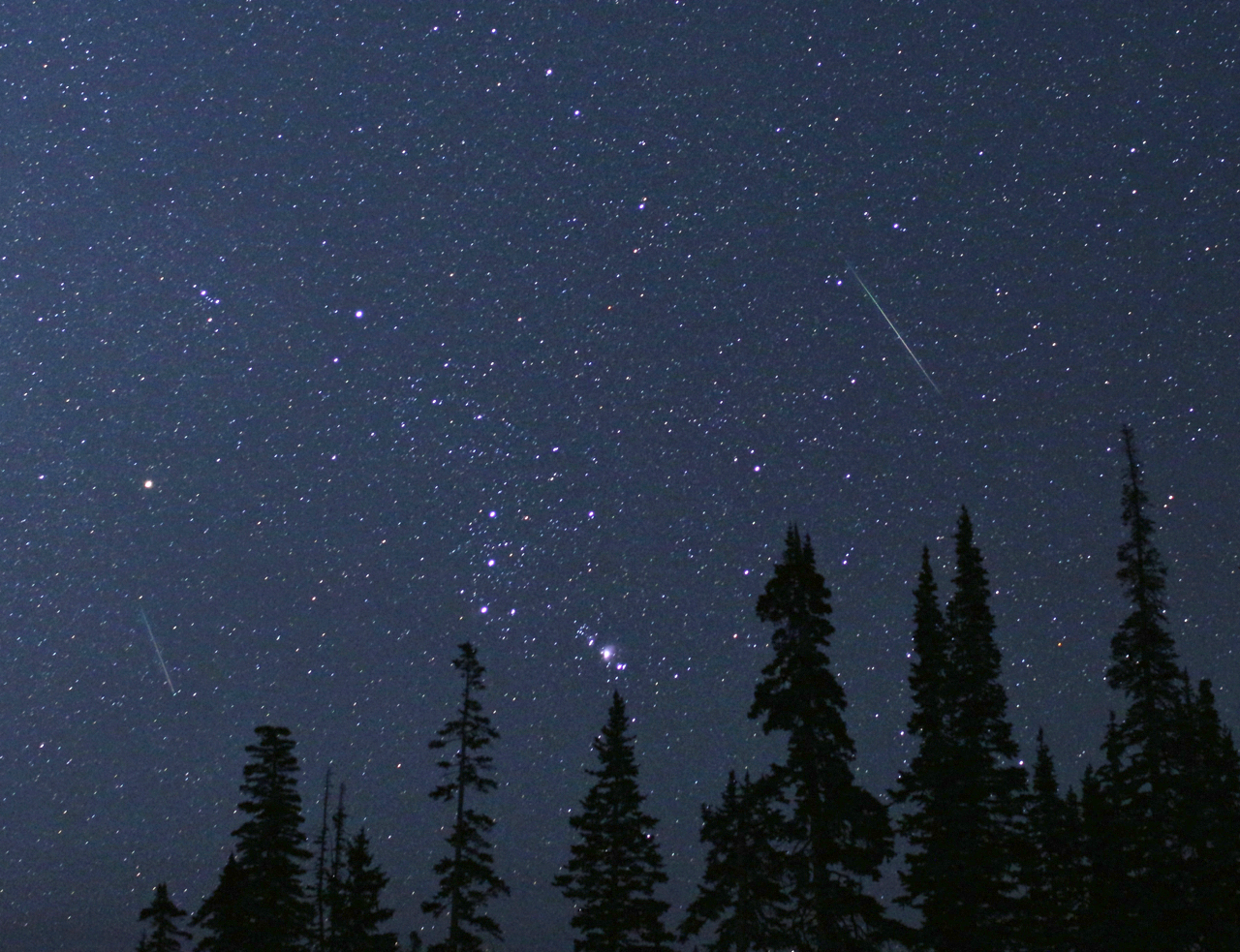
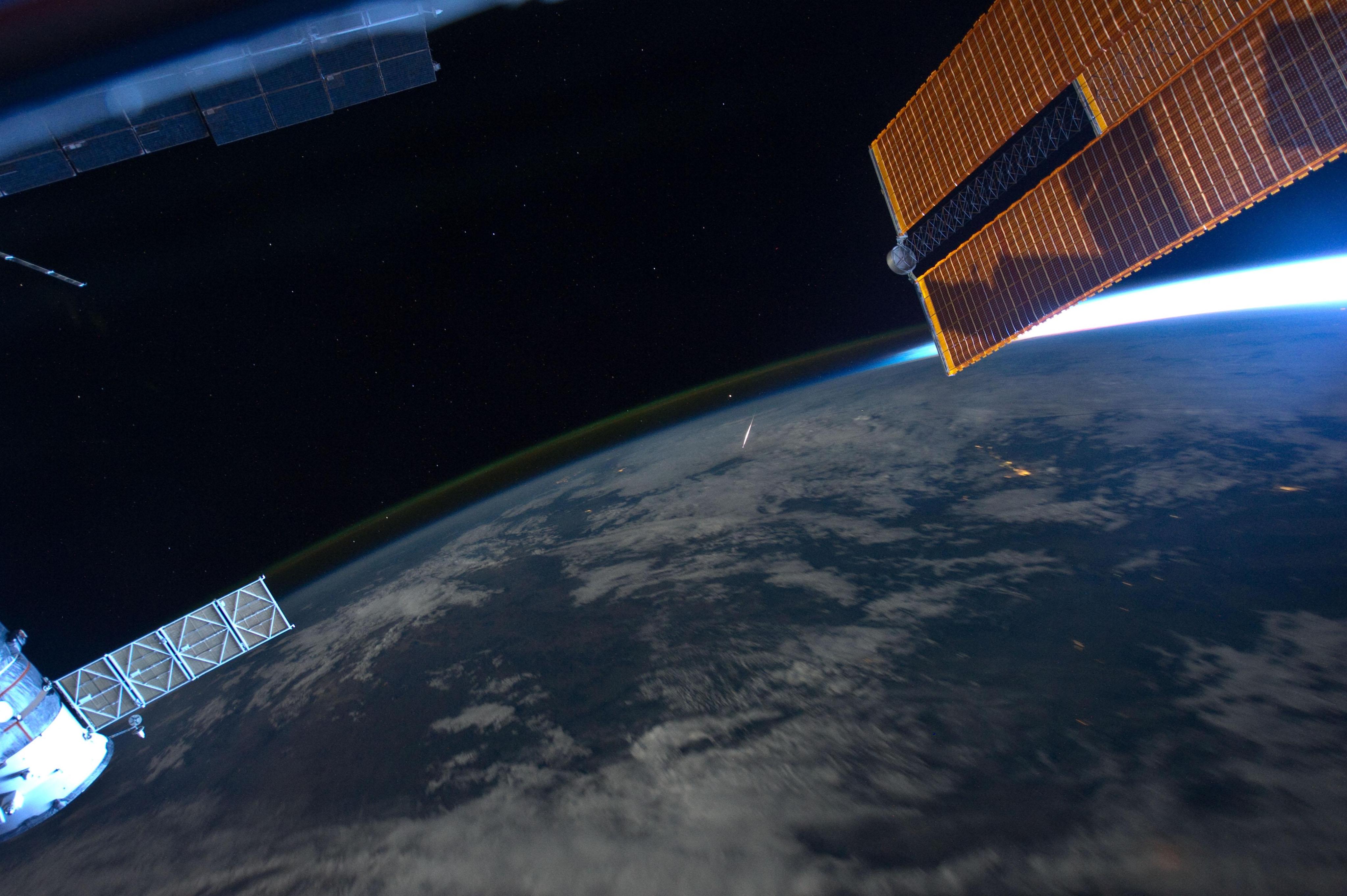
Meteors and Meteorites
Meteors, and meteorites are often called “shooting stars” - bright lights streaking across the sky. But we call the same objects by different names, depending on where they are located.
METEORIDS
Small, rocky, and still in space
MeteoRs
In Earth's atmosphere
METEorites
Hit the ground
METEOR SHOWERS
Several meteors per hour
Keep Exploring

